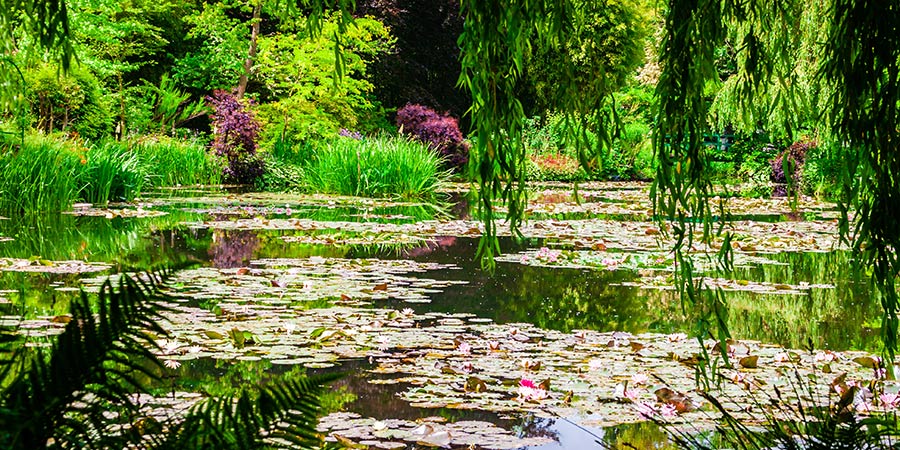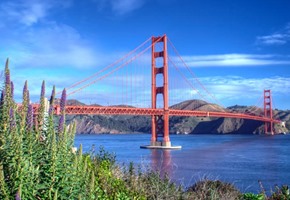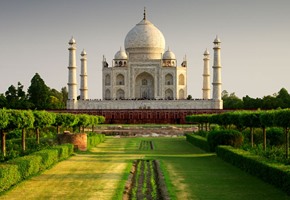Holidays and hobbies, two things that many of us value highly when it comes to deciding how we spend our spare time. So, wouldn't it be neat if we could combine the two for the ultimate 'me time' experience? Perhaps you're looking to share your favourite pastime with a loved one in an idyllic setting or to try something new that's always taken your fancy but is still languishing on your to-do list - whatever the motivation, we've created a series of blog posts that will explore the best destinations for some of the continent's most popular leisure time pursuits. This week we kick things off with an exposé on art, detailing some of the European hot spots in which any budding virtuoso will be able to become a veritable Van Gogh.
Cities all over the world are home to mind-blowing art galleries, boasting collections that will impress even the most inexperienced of novices. From the Uffizi in Florence to Paris's Louvre and New York's Metropolitan Museum of Art, most of us are familiar with where to find exhibitions from the biggest names in the art world, but where to go if you're looking to create, not just admire? Our favourite options have to be locations that inspired some of the greats themselves, such as the port-town of Cadaques, on Spain's rugged Costa Brava.It was this unassuming village that stimulated the imagination of artists such as Dalí and Picasso who found the interplay of light and water here produced colours that just had to be captured in paint. And just down the road, in Figures (Dalí's hometown), you can see for yourself the coastline that features in what is arguably Dalí's most famous work - The Persistence of Memory. The city is also home to the Dalí Foundation, designed by the surrealist master himself. The foundation manages various collections of Dalí's work, encompassing drawings, sculptures, jewellery, photography and paintings from all the different periods of Dalí's life. Much of the work is permanently exhibited in the Dalí Theatre-Museum - the largest surrealist object in the world built on the ruins of a former Municipal Theatre. Alternatively, if you consider yourself to be more of an Impressionist, the delightful village of Giverny, in northern France, should provide the kind of pastoral landscapes that leave you itching to crack out the watercolours.
As rumour has it, Claude Monet spotted the now much celebrated gardens from a train window. Seeing the beautiful village in 1883, the artist decided he would live there, and by 1890 he had saved enough money to buy the house and surrounding land outright. Monet then created the spectacular gardens now on display, with the intention of painting them. A number of his most famous - and certainly his most celebrated - works then followed, including the famous 'Water Lilies' series
The house and gardens were donated to the Académie des Beaux-Arts in 1966 by Monet's son, Michael, by which time the gardens had been neglected and become significantly overgrown. Following careful restoration to the gardens and the house, both were opened to the public in 1980. The gardens are once again the image of how they were when Monet painted them, and the house, which has also been transformed into a time capsule of how life would have been here in the late 19th and early 20th centuries. It has been a firm favourite with visitors ever since.
And if that's not enough to tempt you to get out your easel and paint palette, then how about a trip to the flat fields and fens of the Netherlands, famous for Dutch masters who captured the dream-like quality of 'Hollands Licht' or Dutch Light, thus creating sweeping panoramas depicting rural life taking place under a canvas of towering skies. It was the work of 17th century artists and their pioneering techniques spent honing colour mixes, which created such unique representations of the firmament, that inspired the upcoming British painter, J.M Turner. Eventually becoming famous for his ground-breaking seascapes and interpretations of mariners' lives, it was undoubtedly early study and experimentation in the Netherlands where he sharpened his burgeoning skills, getting to grips with the serene yet ethereal blend of light and water.






